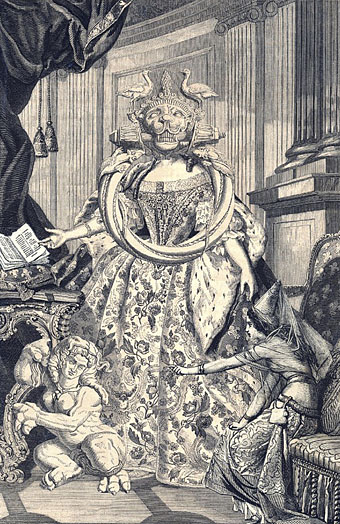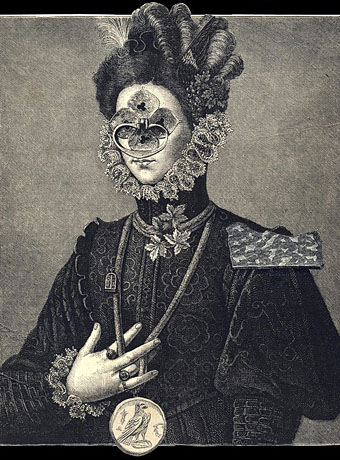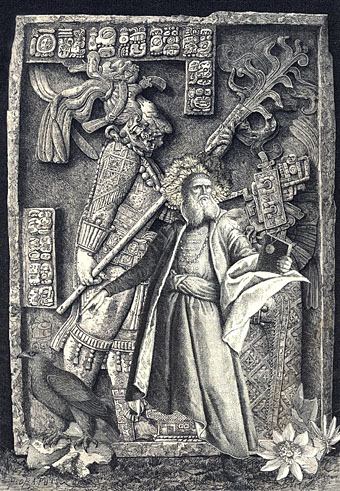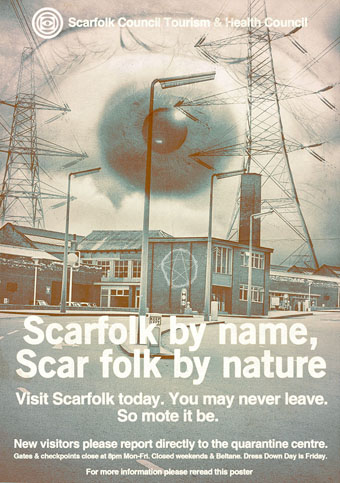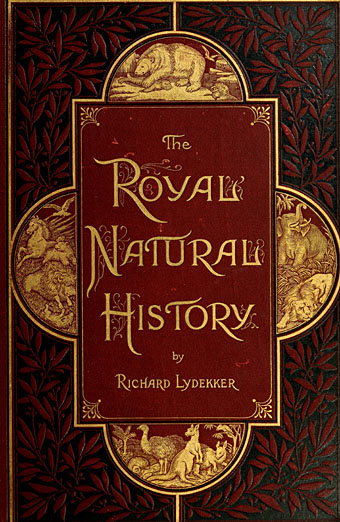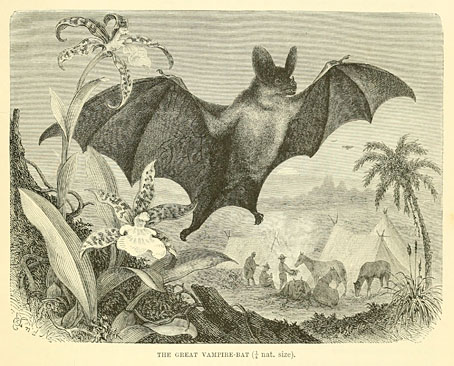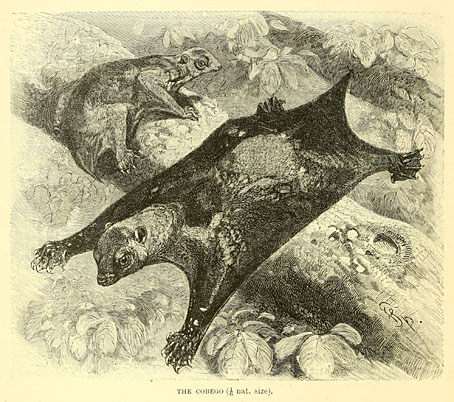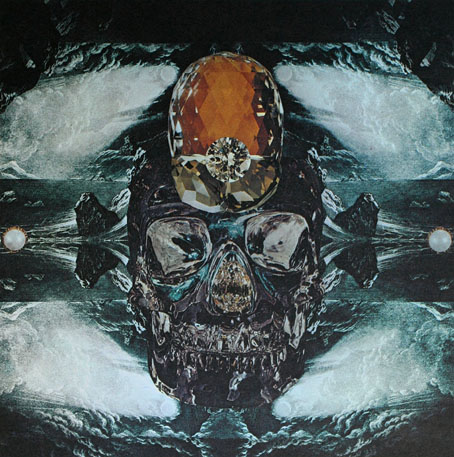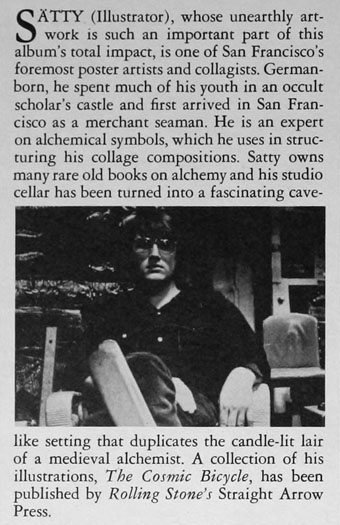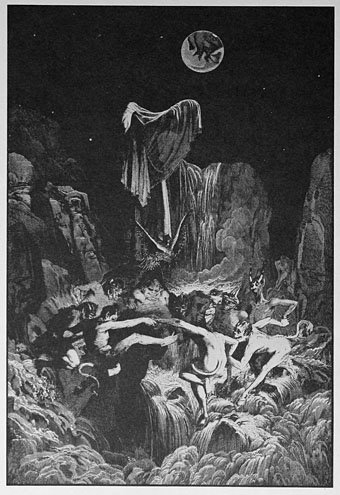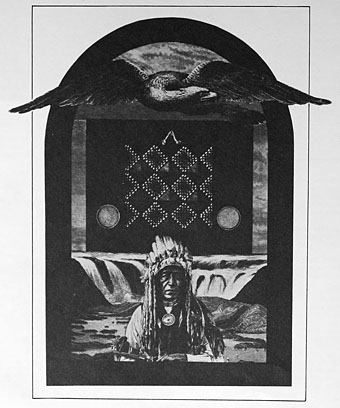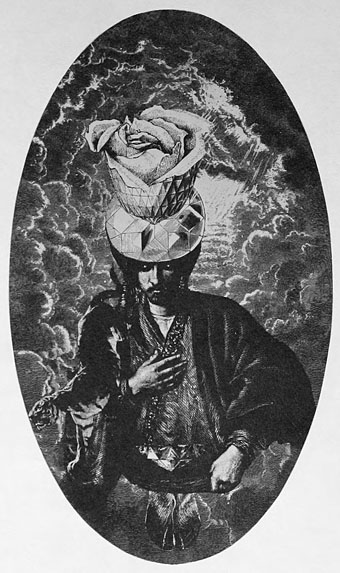
Window to the Universe (1967) by Roberta Bell. From Summer of Love: Psychedelic Posters from SCMA currently showing at the Smith College Museum of Art, Northampton, MA.
• Sympathy for the Shoggoth: China Miéville’s Revolution of the Weird Tale, an essay by Christina Scholz which features one of my Cthulhu pictures among its embellishments. Related: “‘New Strange’ stories hold a chilling mirror to life” says Rick Kleffel discussing Robert Aickman and others. And speaking of Aickman (so to speak), Reese Shearsmith has recently recorded Aickman’s Cold Hand in Mine for Audible.
• An erotic alphabet book from the Soviet Union circa 1931, created to promote adult literacy. Who says porn can’t be educational?
• Angelystor is a new 39-minute composition by Phil Legard which he describes as “often heavy, Saturnine and melancholic”.
• James Ward’s postcards of the Post Office Tower. Related: film of the revolving restaurant at the top of the Tower in 1967.
•You Might Never Find Your Way Back: Shirley Jackson’s Hangsaman by Nicholas Rombes.
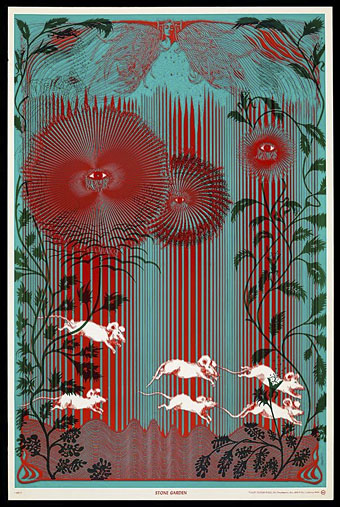
Stone Garden (1967) by Wilfried Sätty.
• High Over Blue is “a mind-warping 20-minute freakout” by Moon Duo.
• Queer Visual Splendour: Jon Macy discusses his erotic comics.
• The Origin of the Pilcrow, aka the Strange Paragraph Symbol.
• Mix of the week: the Kranky 20th Anniversary Mixtape.
• Ten Amazing Cheeses and their Literary Counterparts.
• PingMag looks at the past and present of Ginza.
• Mind Gardens (1967) by The Byrds | The Garden (1981) by John Foxx | The Toy Garden (2006) by Helios

